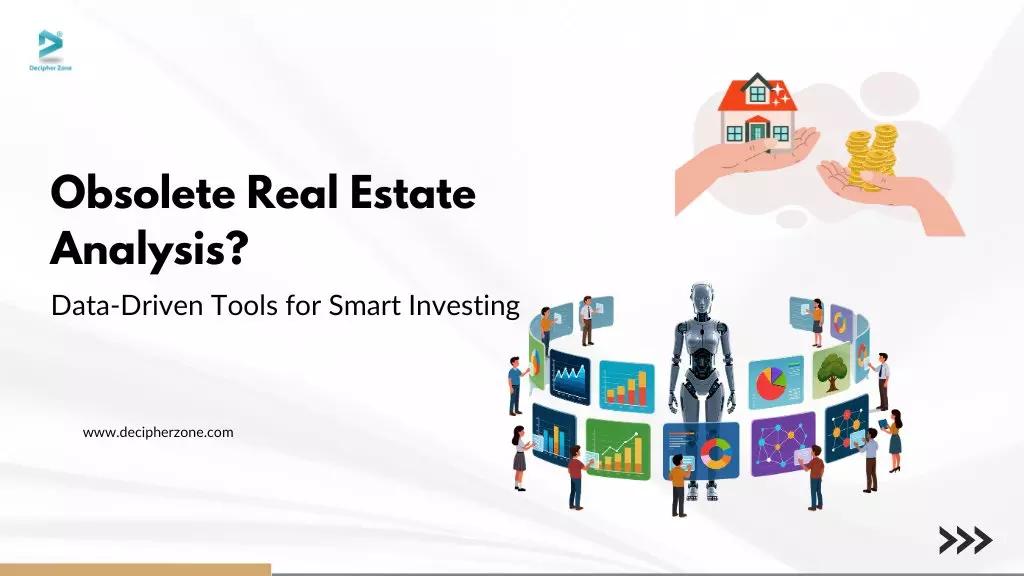Last year, a 24-unit multifamily property in Denver was evaluated through the realmo.com platform. On paper, the asset looked distinctly unattractive: the asking price was $3.2 million, the neighborhood had shown no appreciable growth in five years, and the cap rate stood at just 4.8%—well below the typical 6–7% threshold targeted in similar deals. Conventional metrics pointed clearly toward a pass.
Yet an in-person visit revealed a mismatch between the data and the ground reality. Active construction, new business openings, and a visible sense of momentum contrasted sharply with the stagnant historical figures. This prompted a deeper dive using advanced data analytics tools—well beyond the traditional scope of real estate evaluation.
Uncovering Trends That Don’t Show Up in Spreadsheets
Expanded demographic analysis revealed a 23% influx of tech workers under 35—an early-stage trend not yet reflected in conventional data sources, which typically lag by 12–18 months. Predictive rent models based on employment dynamics indicated potential rental growth of 18% within two years.
Simultaneously, machine learning algorithms trained on thousands of comparable assets suggested the property was undervalued by approximately $850,000.
The acquisition was completed at $3.1 million, despite widespread investor disinterest. Eighteen months later, rents had risen by 22%, the neighborhood had been featured in multiple “up-and-coming” reports, and the asset appraised at $4.2 million. The resulting $1.1 million unrealized gain wasn’t luck—it stemmed from acting on signals that conventional tools failed to capture.
Read: How Can Real Estate Software Solutions Benefit Your Business

Why Traditional Real Estate Analysis Is Losing Relevance
Longstanding frameworks—cap rates, sales comps, gut instinct—originated in slower markets with limited access to data. Today, they often lag behind rapidly changing conditions. Traditional metrics look backward: past sales, historical rents, previous market cycles. Yet real estate value is increasingly shaped by forward-looking forces: migration, infrastructure, and localized economic momentum.
When every market participant relies on the same models, pricing becomes efficient and opportunities disappear. The most promising deals tend to lie just beyond where conventional data is focused—where the next wave hasn’t yet been quantified.
Read: How do Realtors Use Real Estate CRM
A New Era: Data as a Leading Indicator
Real estate is now undergoing a transformation similar to that seen in financial markets. Behavioral and predictive analytics are replacing static formulas. Satellite imagery tracks development and traffic patterns in real time. Social and mobile data reveals how people actually move, spend, and interact with space. Machine learning models process thousands of variables to detect shifts before they materialize in financials.
In one case, a predictive model accurately forecasted rental growth in 78% of submarkets six months in advance—compared to just 30% accuracy using standard methods.
What Data Actually Matters
Not all data is created equal. The key lies in isolating high-impact variables. Migration trends, for example, become powerful only when segmented by profile: young professionals drive rental and retail demand, families reshape schools and housing needs, retirees influence entirely different asset classes. Likewise, job growth is only meaningful when paired with insight into job quality and income levels.
Infrastructure is another critical factor. By the time a new transit line opens, its value is already priced in. The time to act is when funding is secured, or permitting begins—not after ribbon-cutting.
Read: Benefits of Property Management Software
Combining Macro Signals with Micro Insight
Today’s most effective investment strategies integrate both macro and micro signals: job creation versus population trends, income versus housing costs, new business formations, crime reduction, pedestrian foot traffic, and school performance. At the property level, projected rent growth, future expenses, and value-add potential are modeled using predictive tools—not static spreadsheets.
In one example, a submarket in Austin appeared mediocre using conventional metrics. However, deeper data revealed early-stage tech sector growth, rising local incomes, and a major development entering pre-construction. Within 18 months, asset values in the area had appreciated by 35–45%.
Read: How Much Does It Cost To Develop A Real Estate App
Data Sharpens Intuition—It Doesn’t Replace It
Despite the power of modern tools, critical decisions still require local insight. Deals that look promising on paper can raise red flags during site visits—due to neighborhood dynamics, regulatory friction, or community resistance. Conversely, undervalued areas may outperform long before traditional metrics catch up.
Good data doesn’t eliminate human judgment—it enhances it. It helps frame better questions, identify hidden risks earlier, and act with greater conviction when the market’s perception lags reality.
Ultimately, the edge doesn’t come from having more data—it comes from seeing what matters, before others do, and making moves that conventional thinking would overlook.

